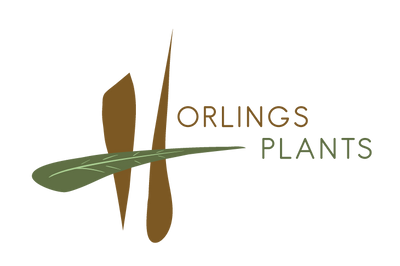Succulents and air plants are definitely ‘in’ but I want to give a little space to the hottest plant of the year. No, not all that controversy stuff, I’ll leave that to the big noise. But the culture of cannabis certainly is fascinating!
A few years back we considered whether a crop of hemp was a good fit for us in the summer months. Hemp is an ancient plant that is even now cultivated for its strong fiber usable in fabric and rope. Nutritionally it is a great source of omega fatty acids and its medicinal properties make it a viable product for use in soaps and salves as well. Oh and did I mention cannabis is classified as hemp only when its psychoactive chemical THC is lower than 0.3%. Primarily those low THC numbers come from the stalk, root or even sterile seed of the cannabis plant. We quickly abandoned the venture after learning all the hoops we would need to jump through with Health Canada! And that was only hemp.
A friend of mine who knows his way around the agricultural scene in NS and presently holds the title of ‘Master Grower’ of a large cannabis operation near Windsor imparted some of his expertise to me.
The first big difference between growing crops like well...tomatoes or a crop of cannabis is the facility! Control and security is key. All of the cannabis at this present time in NS is grown in secure warehouses. None is greenhouse grown. 8’ chain link fence topped with barbed wire, security cameras, motion detectors...even a security guard. Windsor’s facility is a whopping conglomerate of 100,000 square feet evenly divided into 10 rooms. Each room can hold up to 450 plants. LED lighting is regulated for both intensity and timed cycles which is appropriate to the growth stage of the plant. Less light, foliage growth...more light, buds begin to develop. The rooms are heated with both electric and propane to maintain a fairly consistent temperature. 28C is the ideal temp for daytime and nights not much lower than 24C. CO2 is pumped into the room as needed to enrich the photosynthesizing capabilities of the plants. Ventilation is provided by a HEPA filter (high efficiency particulate air) system. This system effectively mitigates odours of which cannabis is notorious for!

Each clone of cannabis of which there are many each has a distinctive odour depending on the organic aromatic compounds ‘terpenes’ that it possesses. The Windsor facility is presently growing primarily 3 clones each for its’ particular uses.
- Shishkaberry: odour of fresh earth berry and used for patients suffering from chronic pain
- Peyote Cookies: a recreational cannabis with fragrances of sweet and tropical. High THC levels but susceptible to powdery mildew
- Nuken: a little bit sweet and skunky but a disease resistant strain also used for treatment of chronic pain
Sales of course at this time are 100%. 50% of the product is being grown on custom order for a licensed company, 25% being grown for recreational sales from NSLC and 25% being grown for medicinal purposes.
How to determine which clones are best for recreational or medicinal use is still an ongoing study but the short answer is that cannabinoids which are the chemical compounds of the cannabis flower have been found to mimic natural chemicals in the body that are responsible for appetite, pain-sensation, mood and memory. The cannabinoids THC and CBD have been singled out. Medicinal cannabis leans towards having greater concentrations of CBD while recreational cannabis has higher levels of THC. Some medical treatments combining both CBD and THC in specific ratios have been shown to be effective.
But of course growing live edible plants especially in an enclosed space is no walk in the park. Besides the light, the heat and ventilation the plants need food and water...free of contaminants, as well as protection from disease and insect predation. I won’t go into details in the scope of this article but know that the most important thing is prevention. Scouting of disease is practiced daily. Biological beneficial insects are released on a regular basis to ward off insect damage. Daily measurements of EC are taken to determine the salt levels, pH and nutrients in the soil. Humidity levels are closely monitored to avert excess moisture problems. Then at the end of their 11 week growth period the buds will be harvested, hung in a humidity controlled environment for another 2 weeks to dry and then sent off to the lab for quality testing.
Ruling by the federal government of Canada as you know has authorized that 4 cannabis plants which have been purchased from a licensed of facility are allowed to be grown by the home gardener. But there is a catch...no licensed facility has plants available for purchase at this time. However if you want seed you can order online at the NSLC.

0 comments